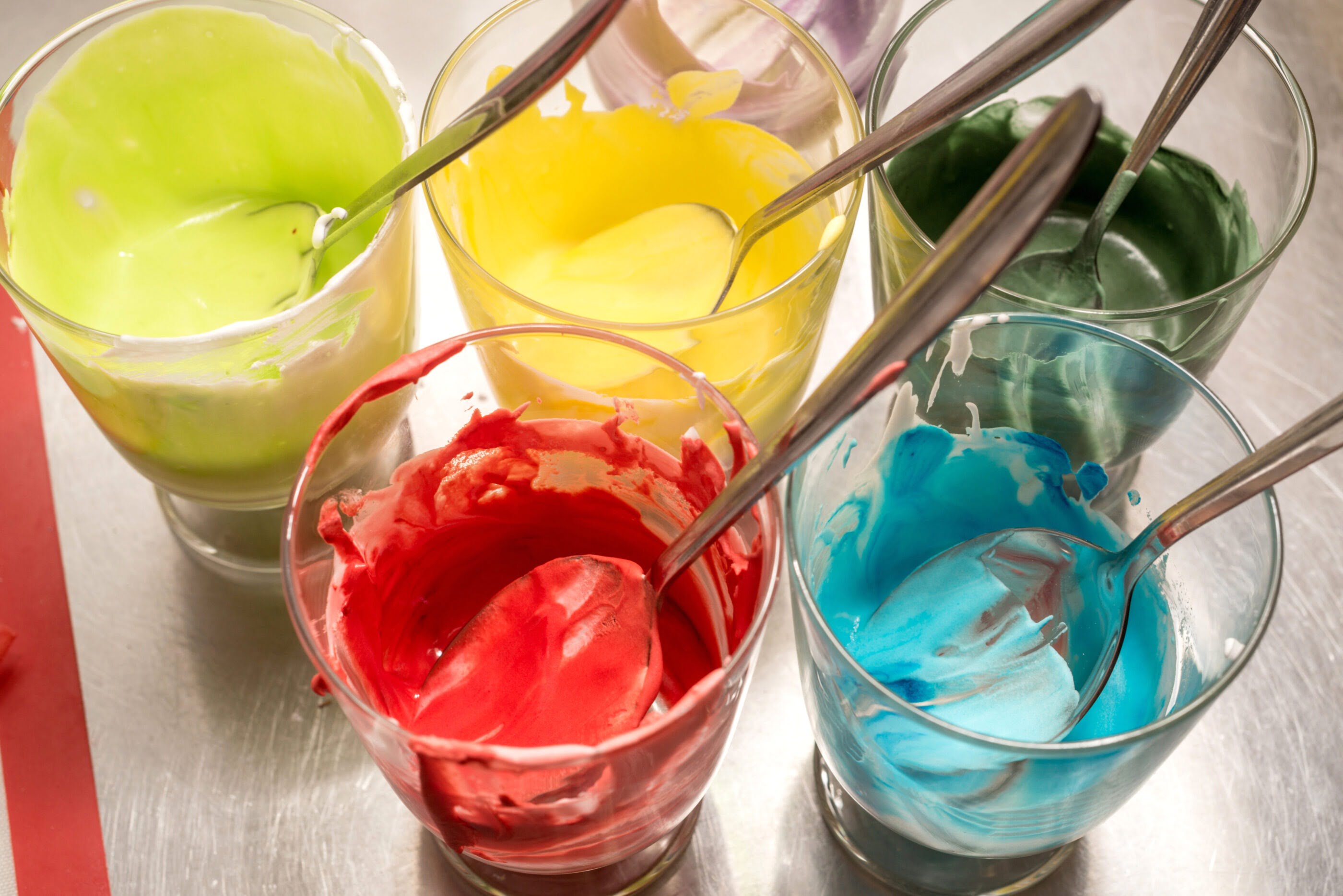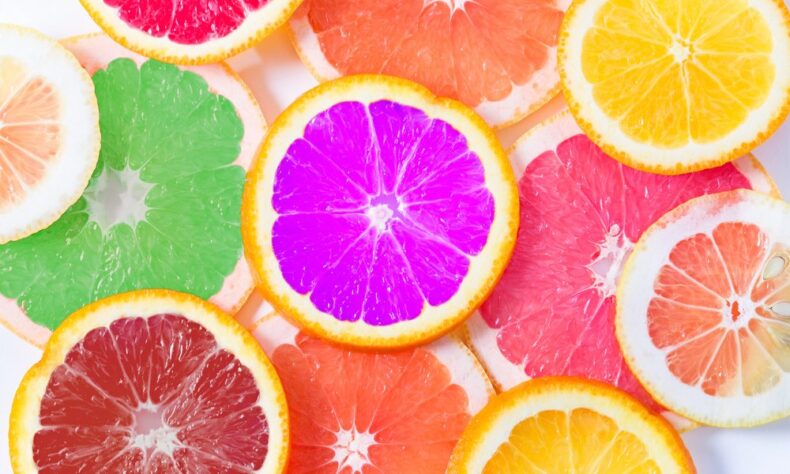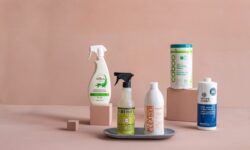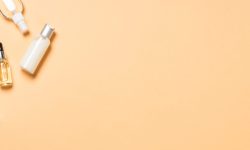At Spud, not only do we care about what you eat, but also the products…
At Spud, we are trying to bridge the knowledge gap between us and our food. The Spud banned ingredient spotlight blog posts are written to educate you on the harmful effects of these ingredients, provide an explanation as to why we don’t carry them, and inform you on how these ingredients can be avoided.
What are they?
Although we associate foods that have artificial colours as cheery, often celebratory foods, the grim, unappetizing truth about ‘the rainbow’ is that it’s made from the same stuff that fuels our vehicles: petroleum. Yep, created in a lab, chemicals derived from petroleum are used to enhance the colours of a multitude of products we consume, perhaps unknowingly.
What are they used for?
Artificial colours are used to make the food they are inserted into appear more appetizing–that’s all. They have absolutely no nutritional value, nor do they perform any other function besides aesthetic. And at this point, colours are used to keep up appearances in products that we’re used to seeing with these additives. For example. without added colour, cola would be clear, boxed macaroni and cheese wouldn’t be nearly as bright, and confetti sprinkles would be a very unexciting method of cake decorating.
Whether you knew it or not, artificial colouring is used in many sodas, candies, ice-creams, juice, cereals, flavoured yoghurts, salad dressings, prepackaged meals, condiments, and pickles.

Why do you want to avoid them?
A number of food bloggers have taken issue with artificial food colours, namely Wellness Mama and Naturally Savvy, for a variety of reasons. But the case against artificial colours in food is strongest when it comes to children. These blogs point to studies that have indicated that there may be a link between artificial colours and increased symptoms of ADHD in children, which is why the approach of Halloween makes for a timely occasion to talk about it.
Many people are also concerned when they hear that many big-name food manufacturers have removed artificial colouring from their products in Europe, yet they remain in the products sold in North America.
While it seems that the health risks associated with artificial colours are still controversial, we feel confident in our decision to ban these ingredients from all products at Spud simply because they are such an unnecessary additive. There are many natural ways to dye foods (you can use turmeric, beets, swiss chard, and more). Just don’t be fooled into thinking that anything that is dyed naturally will suddenly become healthy. There’s nothing wrong with a sweet treat every once in awhile, but a sugary coating around a chocolate bar, even if it is dyed using beet juice instead of the artificial colourant Red-40, is still a treat.
Product Labeling
In Canada, most labels will simply contain ‘artificial colour’, or ‘colour’ in the ingredients list. But if there is any more information offered (the US recently changed their laws to require each colour to be listed), try to steer clear of Red 40, Yellow 5, and Yellow 6, which the Center for Science in the Public Interest have said contain carcinogenic compounds.
The Bottom Line
Although there is still further research required to determine the potential impacts of artificial colours in our food, one thing we do know is that they provide absolutely no nutritional value. When you switch to a diet that uses more fresh, whole foods, you’ll find it incredibly easy to avoid consuming anything that might contain artificial colours, or any other mystery ingredients you’re on the fence about.




